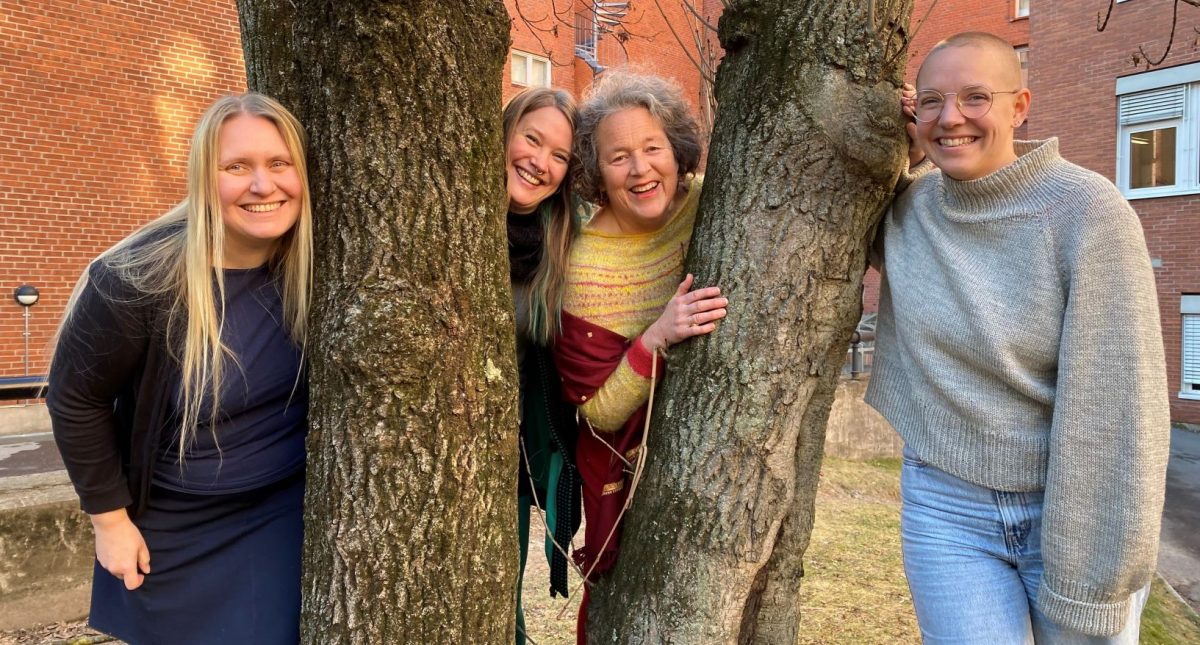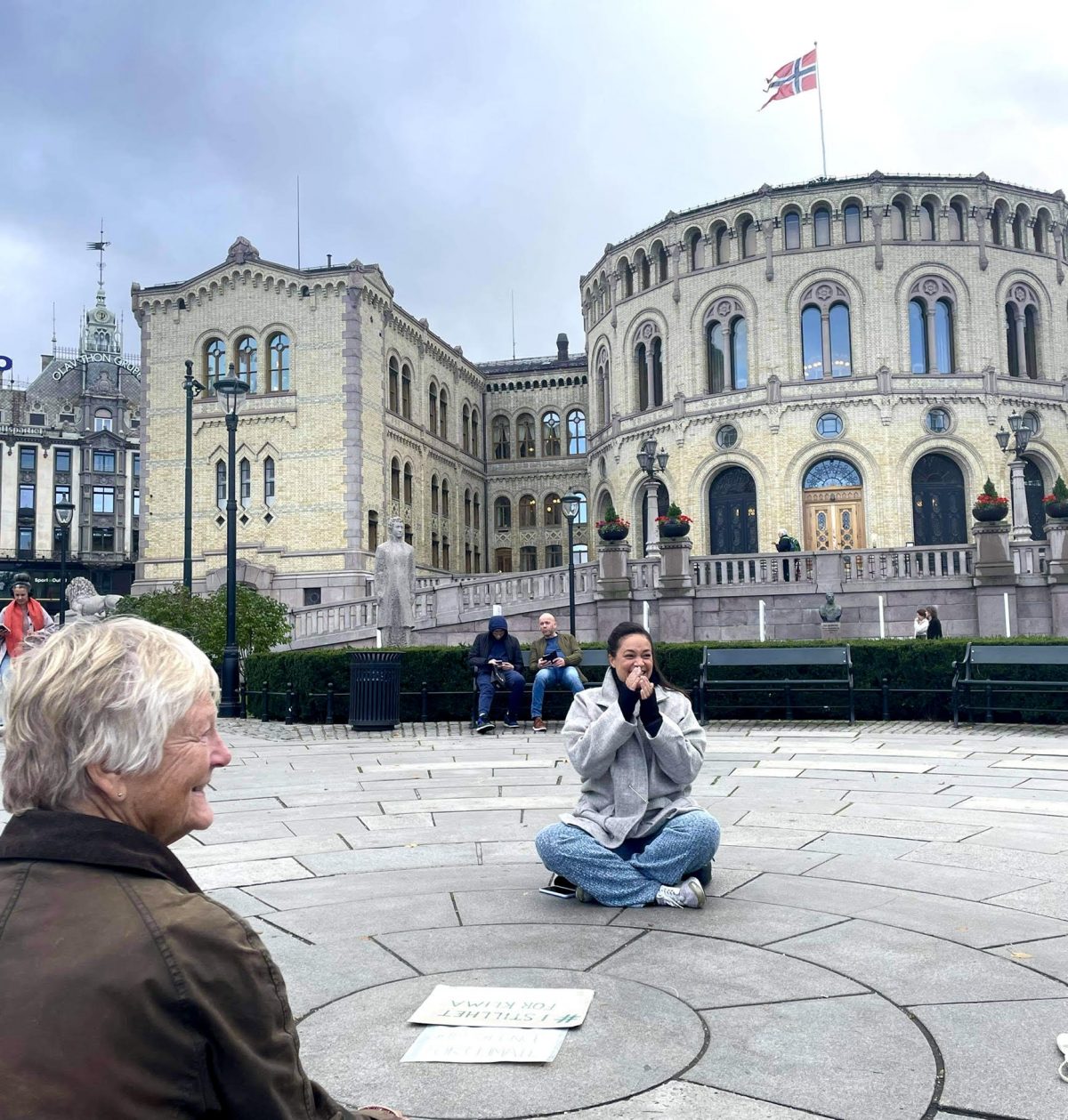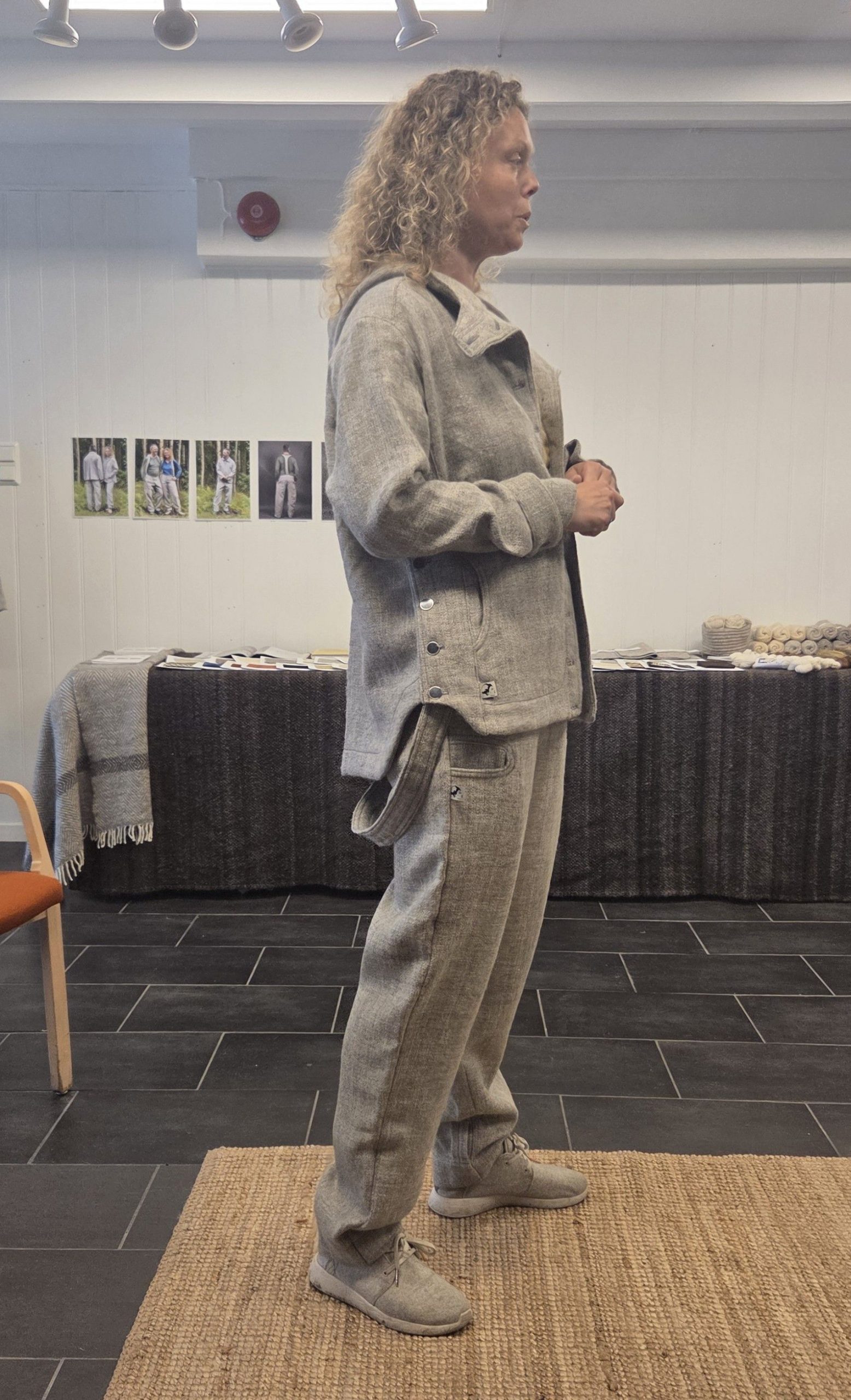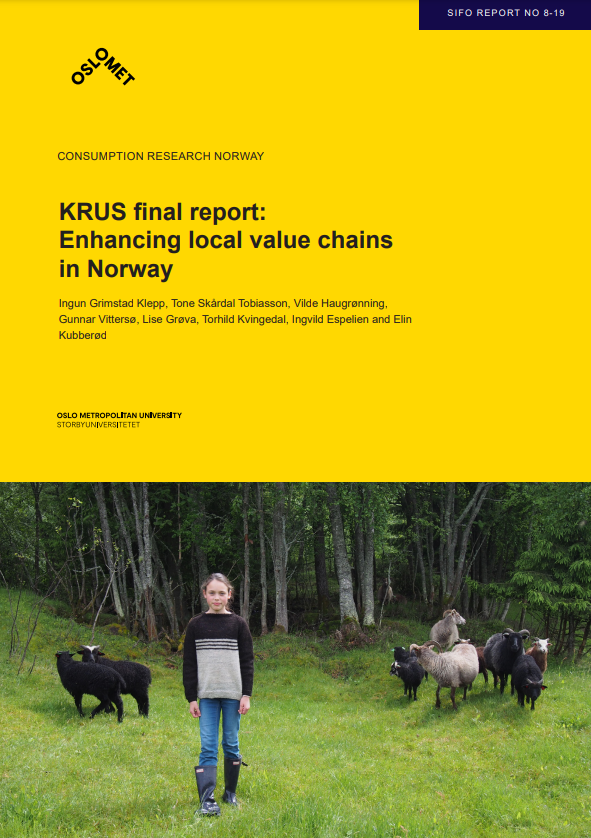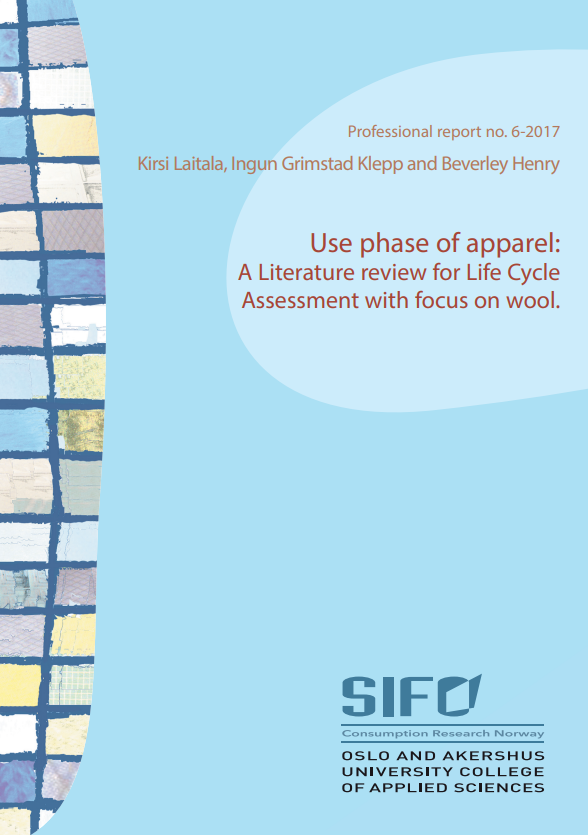Dobbel dose for Klesforskning
To artikler fra Klesforskning har blitt akseptert av tidsskriftet Fibres og er tilgjengelig på nett. De to artiklene er Reducing plastic: Opportunities and obstacles for coarser wool in consumer goods og Natural and sustainable? Consumers’ textile fiber preferences.
Mer enn halvparten av teamet i Klesforsknings-gruppen har bidratt til disse to kapitlene: Kirsi Laitala, Anna Schytte Sigaard (forfatter på begge artiklene), Lisbeth Løvbak Berg og Ingun Grimstad Klepp – kapittelet om å redusere plast er skrevet sammen med tre fra universitetet i Bielsko-Biala. I den første artikkelen presenteres funn som viser at på produktnivå skaper de mange iboende egenskapene til ull muligheter for produktutvikling og bærekraftsforbedringer, og at bruk av grovere ull representerer en mulighet for å erstatte plast i mange bruksområder. Dette ble gjort ved hjelp av en SWOT-analyse (Strengths-Weaknesses-Opportunities-Threats) av resultater fra en skrivebordsstudie og intervjuer med produsenter av produkter laget av ull, samt dokumenter knyttet til ull, avfall, tekstiler og plast i sammenheng med politikk.
Den andre artikkelen ser på syntetiske kontra naturlige fibre, forbrukerpreferanser, deres syn på bærekraft og enda viktigere, forbrukernes vilje til å redusere forbruket. Interessant nok foretrekker ikke bare norske forbrukere ull, de mener også at ull er det mest bærekraftige valget, med polyester som det minst bærekraftige. Dette er det stikk motsatte av hva dagens vanligste måleverktøy, Higg Material Sustainability Index, forteller oss.
Les mer om disse to artiklene her.
